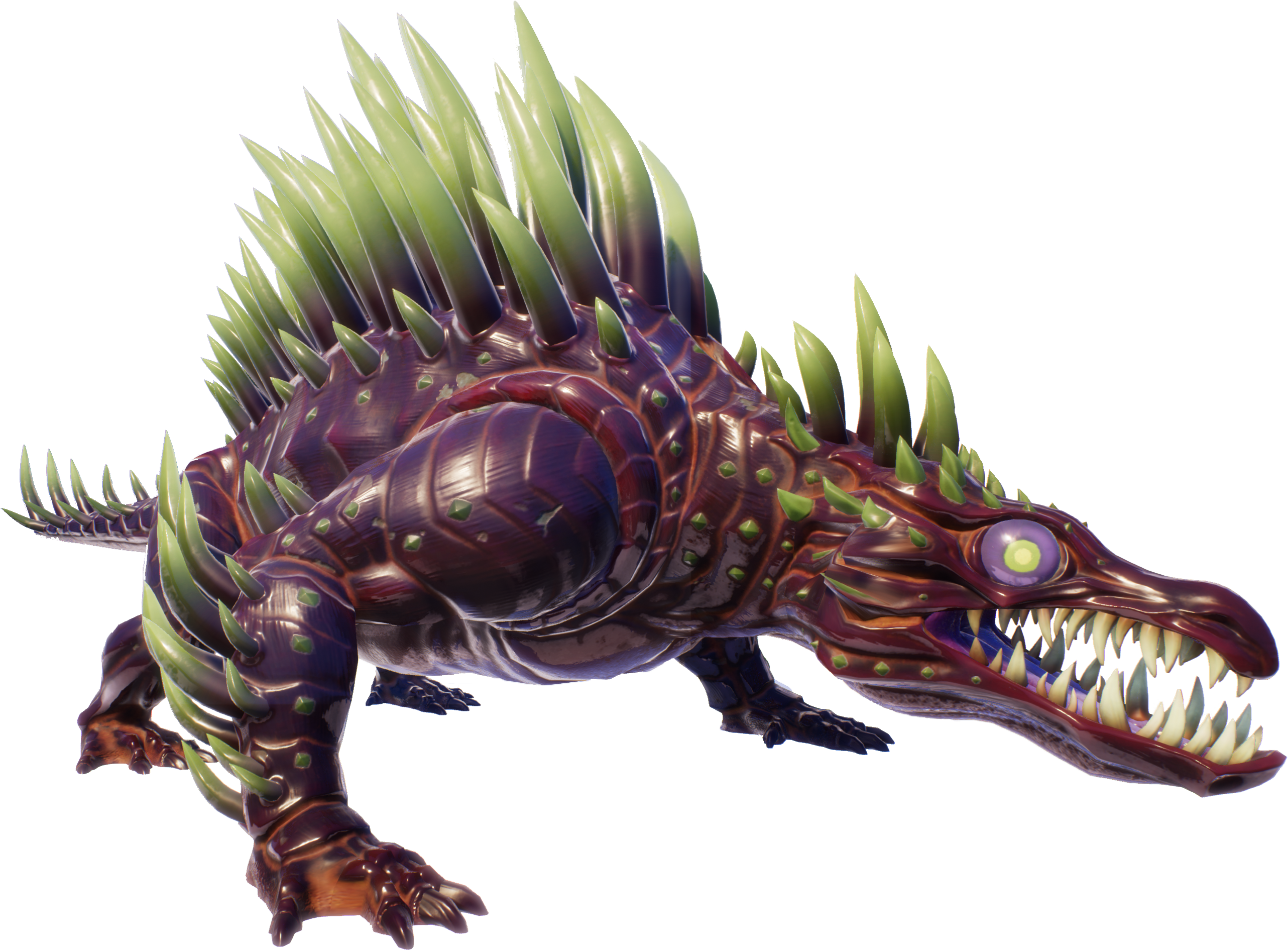
On magnetic resonance imaging (MRI), edema can be visualized for up to two weeks after the injury. Edema then ensues and peaks at three to six days post-injury. After initial hemorrhagic foci in the gray matter, there appears to be significant protein accumulation in the gray matter of the spinal cord. These models elucidate the natural progression of injury in SCIs to some degree. Animal models have been used to study the pathophysiology of spinal shock.


Underlying molecular mechanisms for these injuries remain unknown for the most part. In later injury, although the large arteries remain patent, local microcirculation remains disturbed, leading to ischemia. Cell death eventually occurs either via necrosis or apoptosis. Histopathologically, hemorrhages develop in the central region of the spinal cord on injury (especially in the gray matter), likely secondary to trauma forces with direct mechanical disruption in the vasculature.
DAUNTLESS CONDUCTIVE SHOCK SPINE FREE
Mechanisms of secondary injury include inflammation, calcium-mediated mechanisms, sodium, glutamatergic pathways, vascular mechanisms, free radicals, and apoptosis. This is seen with severe ligamentous injuries leading to transient spinal column dislocation or spinal cord laceration from sharp bone/metal. In some cases, primary injury can occur without pre-existing cord compression. This can occur with fracture-dislocation, burst fractures, and acutely ruptured discs. Primary injury occurs as a combination of initial impact with underlying chronic cord compression. Spinal shock has been defined as the absence of reflexes below the level of the lesion, with or without hypotension, while some definitions require the presence of hypotension. This activity reviews the evaluation and management of spinal shock and explains the role of the interprofessional team in managing patients affected by this condition.Īcute SCI is a two-step process involving primary and secondary mechanisms. Moreover, there are several definitions in the literature for spinal shock, which alters care received by the patient and consequently the clinical outcomes. However, despite optimal care, deficits after a spinal shock may be permanent. The overall treatment of patients with significant spinal shock and injury is a challenge, but aggressive medical management can reduce its effect on the overall functionality of the patient. If the spinal shock is not associated with significant injury of the spinal column itself, then the prognosis for these patients is more favorable than when a fracture is present. Cord injury is often associated with fracture-dislocation, tearing of ligaments, rotational distraction, as well as tearing of the disc space. Treatment of ischemic spinal shock is different, and outcome expectations are also different. Ischemia of the spinal cord can also produce a spinal shock for example, a hypotensive patient in the medical intensive care unit (ICU) or a post-angiography patient with thrombotic occlusion of arteries that supply the cervical spine can have a similar presentation. The initial encounter with a patient with spinal shock is usually under a trauma scenario. Īcute traumatic SCI requires high-impact, direct trauma that leads to spinal cord injury and spinal shock.


Spinal shock is the sudden loss of reflexes and muscle tone below the level of injury that occurs after an acute onset of spinal cord injury. Sherrington further defined this as a transient extinction of reflexes below the level of spinal cord injury. The term "spinal shock" was first used by Hall in 1840. Although trauma is the most common cause, other etiologies include myelopathies induced by autoimmune, infectious, neoplastic, vascular, and hereditary-degenerative diseases. Causes of spinal cord injury are diverse. The prevalence of nontraumatic SCI is unknown, but it is thought to be three to four times greater. According to the National Spinal Cord Injury Statistical Center, approximately 280,000 living survivors of traumatic SCI were reported in the United States in 2017. Spinal cord injury (SCI) is a common injury occurring in the United States with an incidence of approximately 54 per million persons per year.


 0 kommentar(er)
0 kommentar(er)
